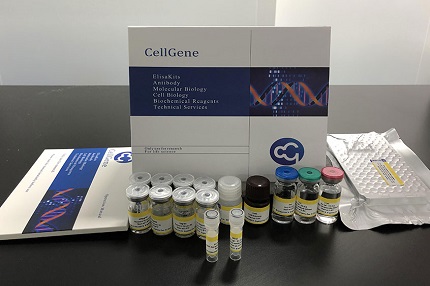- Host Cell Protein Detection Kits
- Host Cell DNA Residue Detection Kits
- Antibodies
- Recombinant Proteins
- ELISA Kits
- Cellular Component Protein Library
- Plasmids
- Promotions
-
Cellgene Bioscience Elected as CITS Council Member (2020-2025)
Shanghai, June 2025—Cellgene Bioscience is honored to announce that it has been officially elected as a Council Member Unit of the China Inspection and Testing Society (CITS) for the term 2020–2025,...
Jun.12, 2025Read More > -
Exhibition review | The 6th BIONNOVA BioPharma Innovators Summit & Expo Successfully Concluded at Shanghai Science Hall on April 9-10, 2025
Symposium HighlightsThe summit comprehensively addressed critical topics across biopharmaceutical R&D and manufacturing, including:Therapeutics Development: Antibody drugs, antibody-drug conjugate...
Apr.24, 2025Read More > -
Epinephrine ELISA: Sensitive and Reliable Quantification of Epinephrine
Principle of the Epinephrine ELISAThe Epinephrine ELISA can be used for the in vitro quantitative detection of epinephrine in human plasma and urine. The Epinephrine ELISA utilizes a sandwich method p...
Apr.24, 2025Read More >
BlueGene Biotech's Research For Microbiology
1. Definition Of Microbiology
It is a science that studies the basic rules of life activities such as morphological structure, growth and reproduction, physiological metabolism, genetic variation, ecological distribution and taxonomic evolution of various microorganisms at the molecular, cellular, or population level. It applies to the fields of industrial fermentation, medical health and bioengineering.
2. Three Features Of Microorganisms
Microorganisms have three features. First, it is small volume, large specific surface area, and its size of microorganisms measured in μm. But the specific surface area (surface area, volume) is large, so there must be a huge surface for nutrient absorption, metabolic waste excretion and environmental information acceptance. This feature is also the key to distinguishing microorganisms from all large organisms. Second, more absorption, and faster transformation. This characteristic provides a sufficient material basis for high-speed growth and reproduction and the production of a large number of metabolites. Third, it grows vigorously and reproduces quickly with extremely high growth and reproduction speed. This feature can convert a large number of substrates into useful products in a short time and shorten the scientific research cycle.

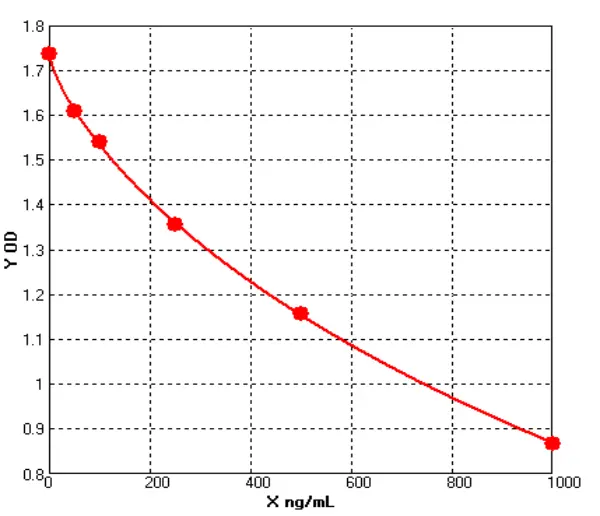
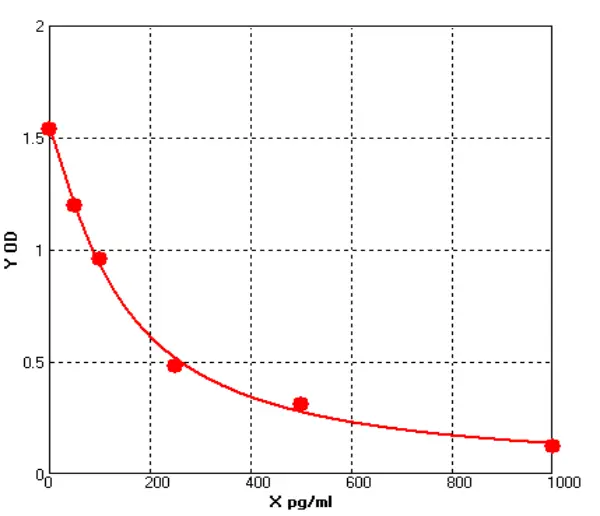
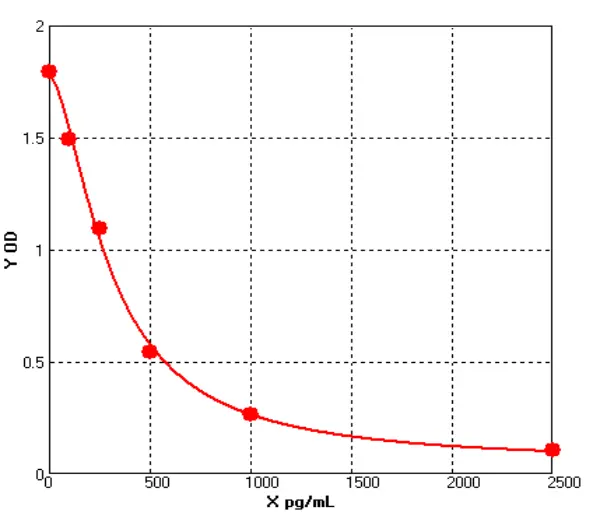
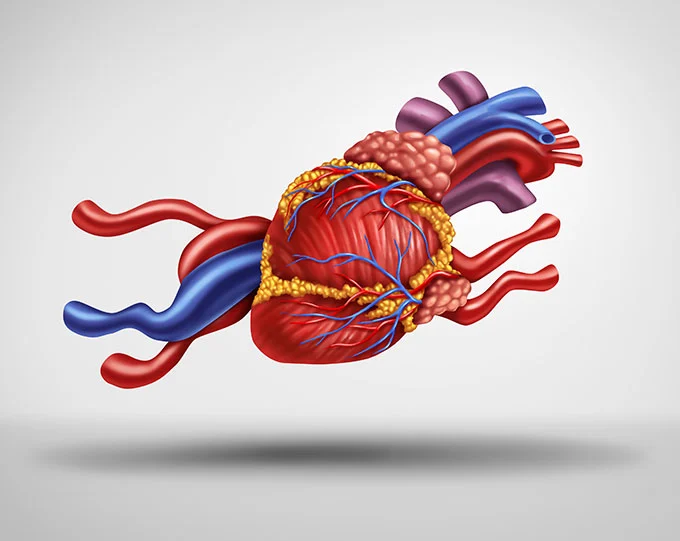
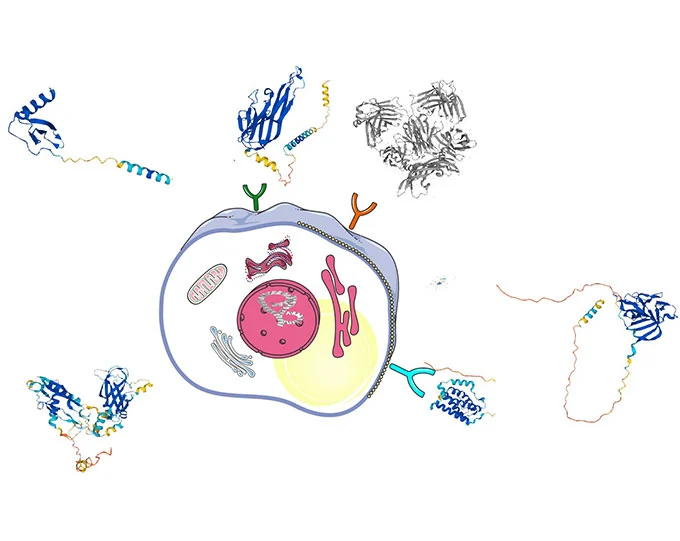
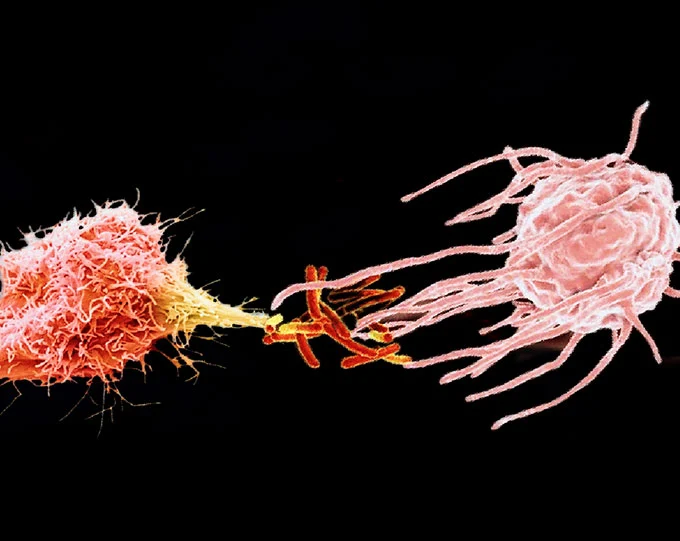
_00(1).webp)

